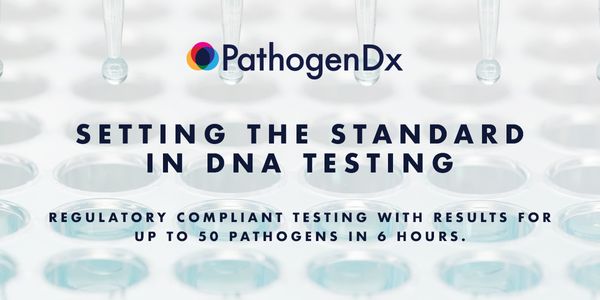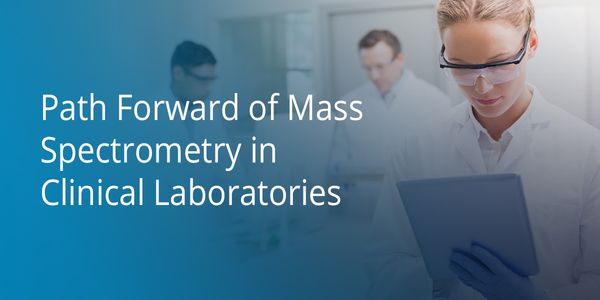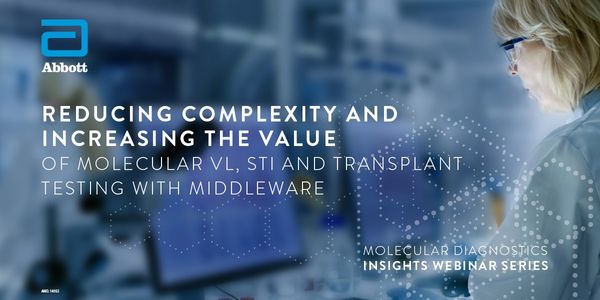Clinical Medicine
Clinical Medicine: is a field of medicine that deals primarily with the practice and study of medicine based on the direct examination of the patient. This is in contrast to other science fields that focus more on the theoretical and basics of medical science. In clinical medicine, medical practitioners assess patients in order to diagnose, treat, and prevent disease.
-
FEB 19, 2020 | 11:00 AMDATE: February 19, 2020TIME: 11:00am PST, 2:00pm EST...FEB 18, 2020 | 8:00 AMDATE: February 18, 2020 TIME: 8:00am PST...FEB 13, 2020 | 7:30 PMDATE: February 14, 2020 TIME: 11:30am SGT, 2:30pm AET Antimicrobial resistance is a growing threat to the health and safety of the world’s population. The World Health Organisation rec...FEB 13, 2020 | 10:00 AMDATE: February 13, 2020 TIME: 10:00am PST Antimicrobial resistance is a growing threat to the health and safety of the world’s population. The World Health Organisation recognizes fast...FEB 13, 2020 | 1:00 AMDATE: February 13, 2020 TIME: 10:00am CET...Learn how new hemophilia and anticoagulant therapies impact coagulation assays and clinical decisions in our educational session....Speaker: Donna Castellone, MS, MASCP, MT(ASCP) SH
JAN 29, 2020 | 9:30 PM
DATE: Wednesday, January 29 9:30pm PST Thursday, January 30 12:30 am EST, 5:30 am GMT, 6:30 am CET, 11:00 am IST, 2:30 pm JST, 4:30 pm AEDT...
JAN 15, 2020 | 10:00 AM
DATE: January 15, 2020 TIME: 10:00am PST Genomics, personalized medicine and cost stewardship are just a few of the forces behind the need for better management of discrete testing informati...
Speaker:
Michael D. Sutch, CPHQ (NAHQ), PMP (PMI) and MT(ASCP)
Sponsored By: Abbott Molecular Diagnostic
JAN 14, 2020 | 9:00 AM
Fecal elastase-1 – a biomarker for pancreatic exocrine insufficiency(EPI) continues to gain traction as an ideal biomarker for assessing EPI. This presentation will include a review of...
JAN 09, 2020 | 10:00 AM
Join us on January 9, 2020 for this live webinar!...
Microphysiological systems (MPS), also known as organ-on-chips, are small scale in vitro cell cultures which mimic facets of tissue or organ level function. MPS frequently utilise primary hu...
Speaker:
Tomasz Kostrzewski, PhD
Presented at: Drug Discovery & Development Virtual Event Series 2020
In Andalman et al, 2018, we explored the activity of over 10,000 neurons across more than 15 regions imaged simultaneously in larval zebrafish in a novel behavioral challenge paradigm. Compl...
The study of biological function in intact organisms and the development of targeted cellular therapeutics necessitate methods to image and control cellular function in vivo. Technologies su...
The dopamine D4 receptor (D4R) is enriched in the prefrontal cortex where it plays important roles in cognition, attention, decision making and executive function. Novel D4R-selective ligand...
Recent technological advancements in neuroprosthetics allow for wireless recording and stimulation of brain activity in freely moving human participants. At the same time, advancements in vi...
The aim of the lecture is to give an insight into the use of 3D liver micro tissues (3D liMTs) in drug discovery and translational safety. In translational toxicology, 3D LiMTs have a high i...
The OrganoPlate is a microtiterplate based Organ-on-a-Chip platform for high throughput drug safety and efficacy screening. It contains up to 96 cell culture chambers that allow co-culture o...
Speaker:
Sebastiaan Trietsch, PhD
Presented at: Drug Discovery & Development Virtual Event Series 2020























